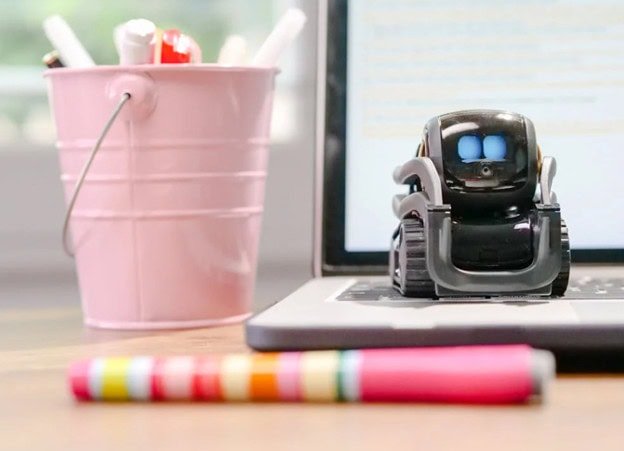In the age of automation, where AI-powered scripts and tools promise lightning-fast testing cycles, one might assume that the role of manual testing is shrinking. After all, automation can simulate thousands of interactions in minutes, covering vast ground with remarkable precision.
But here’s the thing: usability and accessibility are deeply human experiences. No machine, however advanced, can replicate the nuanced perspective of a real user navigating a website or an app. This is exactly where manual testing services prove their worth.
Think about it for a moment, when was the last time you left a website because the navigation was confusing, or abandoned an app because the buttons were too small to tap? These aren’t just bugs in the technical sense; they’re failures in user experience. And while automated tools can flag errors in code or missing alt text, they can’t truly tell you whether an interface “feels” intuitive, or whether a person with low vision can comfortably complete a purchase. That responsibility still falls squarely on manual testers.
The Human Lens in a Digital World
The best thing about manual software testing services is that they can look at technology from a human point of view. Testers don’t merely check boxes; they put themselves in the shoes of real users. They act like people do in real life, like hovering over a menu for too long, hitting the wrong link by mistake, or scrolling forever to uncover a buried option. Automation misses these times since it doesn’t have any goal, interest, or even frustration.
A screen reader may work on a website in theory, but only a manual tester will know whether the voice output is startling or if the reading order makes it too hard to understand. Accessibility is more than just following WCAG guidelines; it’s also about respect, comfort, and being included. Manual testers follow this rule by pretending to be different types of users, such as someone who uses a keyboard to get around or someone who uses voice instructions.
Why Usability Needs a Human Touch
Usability testing is more about how things work in real life than how they seem on paper. Automated tests might show that a form field can accept input, but only a person can tell if the form’s design is too busy or if the text is so ambiguous that someone might second-guess their answer.
Think of a mobile banking app. The system might pass all of its functional tests, but if the “Transfer Money” button is hidden in a drop-down menu or has an unclear name, customers will have a hard time. You won’t find that information in a code report. Instead, it comes from manual testing sessions where real people use the product like regular consumers would.
This is why companies that care about the user experience always do manual testing along with automation. It’s not about picking one over the other; it’s about finding a balance. Automation speeds up work, but hand testing shows that you care.
Accessibility: Beyond Compliance Checklists
A lot of companies see accessibility as a list of things to do, such adding alt tags, color contrasts, ARIA labels, and so on. Automated technologies are wonderful at finding these basic needs. But accessibility is complicated, and manual testing services can show those differences.
Let’s imagine that automatic accessibility scans have shown that an e-commerce site is okay. The contrast ratio is good, and the pictures have tags. A manual tester, on the other hand, sees that the tab order jumps about during checkout, which makes it hard for anyone using a keyboard to understand. Or maybe the site doesn’t give people with motor impairments enough time to fill out a multi-step form. These aren’t clear breaches, yet they are serious problems for people.
When companies hire manual testers, they indicate that accessibility isn’t just a rule they have to follow; it’s also a moral duty to make digital places that are open to everyone.
The Value for Businesses
Putting money into manual software testing services isn’t just about avoiding frustration. It’s also a smart choice that will pay off in real life. Think about how your brand looks: people who feel left out or uncomfortable with a poorly designed interface don’t often give it a second shot. A smooth, welcoming experience, on the other hand, makes people more loyal and trusting.
Also, the feedback loop that comes from manual testing often leads to new ideas for design. When testers point out patterns of uncertainty or pain, designers and developers may improve workflows, make processes easier, and, in the end, make solutions that stand out in a crowded market. In a time when digital competition is severe, ease of use and accessibility may really set you apart.
Wrapping Up
Automation has changed software testing for the better because it can do a lot of checks at once, saving time and money. However, there is no substitute for human judgment when it comes to checking usability and accessibility. Manual testers can spot things that aren’t there: the little pauses, the missed frustrations, and the accessibility gaps that compliance checklists don’t catch.
Technology should be useful to people at its core. And to make sure that, you need more than just scripts and algorithms. You need empathy, perspective, and real-life experience. That’s what manual testing services do that no one else can do: make sure that digital products not only work but also feel right for everyone.



